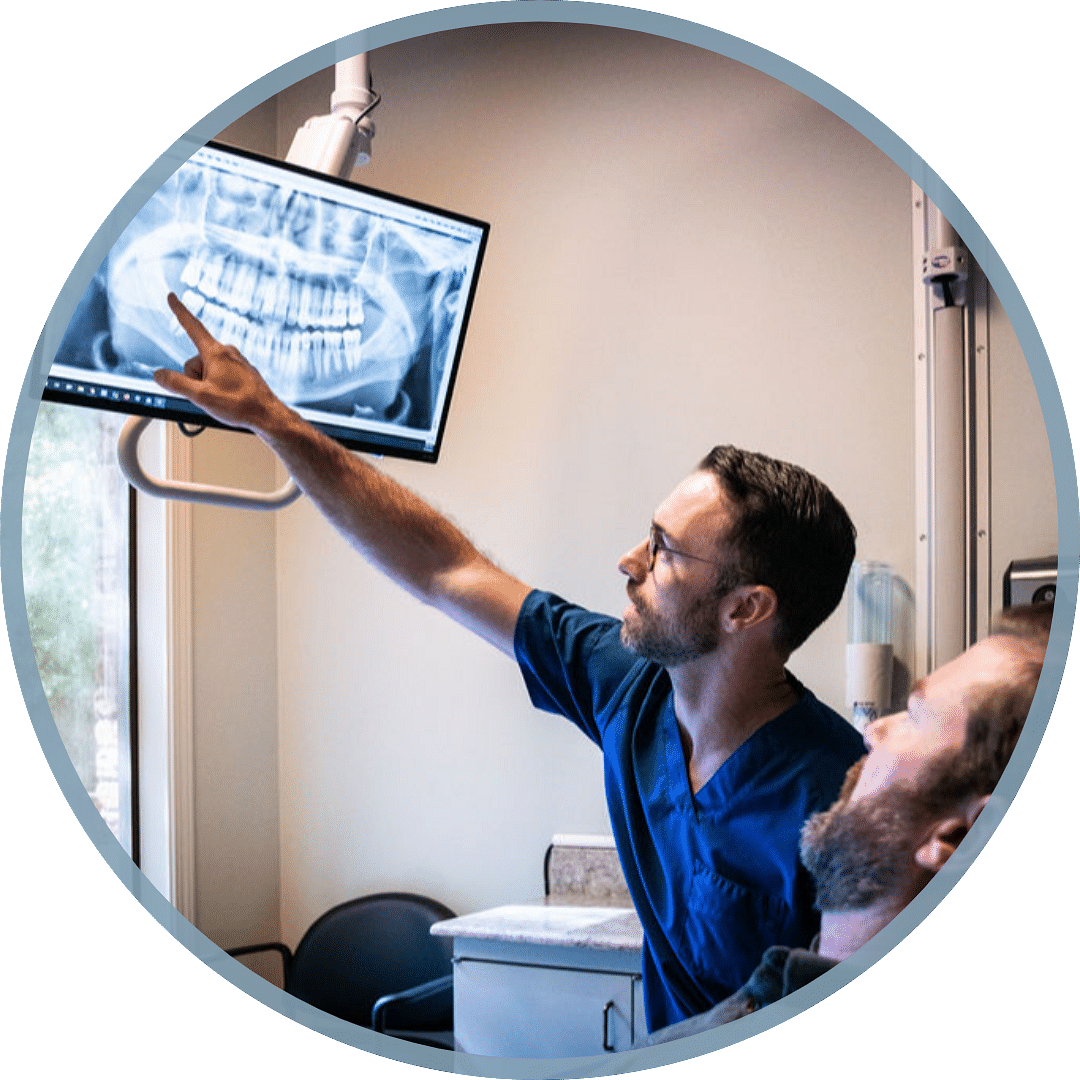
Safe Mercury Filling Removal
We Are Mercury-Free & Mercury-Safe
We are a mercury-free (meaning we do not place mercury fillings) and a mercury-safe (meaning we have a protocol for removing mercury safely) office. We follow the International Academy of Oral Medicine and Toxicology (IAOMT) recommendations for the removal of mercury dental fillings from the mouth. We make no claims nor offer guarantees relative to the improvement in one’s health following the removal of mercury dental fillings.
There are two things we can promise you. First, we will do our best to remove all mercury safely, with little to no exposure to you or our team to the vapors of mercury. Secondly, once all the mercury-containing fillings are removed from your teeth, you will not add to your body burden of mercury from your mouth. It’s only through careful study of comprehensive blood chemistry that one can tell the body burden of mercury and its effect on one’s health. Without that kind of study, it is not our custom to recommend any supplements that should be taken prior to and after the removal of mercury from your teeth. To reiterate, we trust the protocol to protect you and our team from the vapors of mercury. Randomly taking supplements, without evidence to indicate their need, may be dangerous to one’s health.
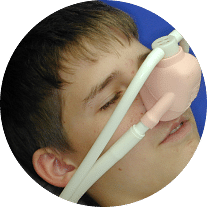
An alternate source of oxygen is provided during the removal process
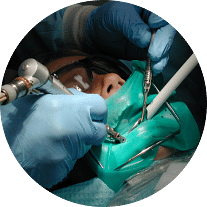
A non-latex “rubber dam” is used to isolate the teeth with the mercury fillings; it serves to prevent the patient from swallowing particles of the old filling as well as keeping saliva and bacteria off of the teeth when they are ready to be restored.
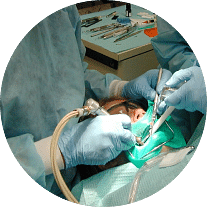
Water constantly bathes the mercury dental filling to prevent vapors from escaping. The filling is also removed in sections where possible.
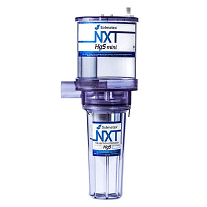
A special trap captures the solid particles of the mercury dental fillings so that they do not enter the environment. A company comes by periodically, takes and disposes of these scraps, and gives us a certificate that verifies they were disposed of properly.
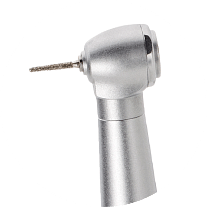
A surgical handpiece that exhausts air out the back is used to prevent “misting” of mercury vapors and bacteria around the patient and team members

A 2 horsepower (standard in the dental profession is 1 hp) is used to provide maximum suction of the vapors
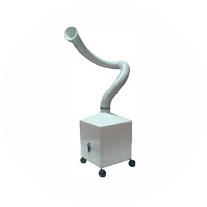
“Snuffy” is a charcoal filtered portable suction unit that pulls fresh air across the the patient’s face to provide additional protection from mercury vapors.
Safety Issue of Mercury Dental Fillings
Our profession is divided on the safety issue of mercury dental fillings. The reason for this is that there is no study that has two groups of people who are exactly the same in all parameters except that one group has mercury dental fillings and the other doesn’t. Mercury is the great imposter, manifesting itself in a myriad of ways within each of us.
So this is what we do know. First, that mercury is a serious neurotoxin. It is especially dangerous to the young, whose neurological systems have not matured. Secondly, there are no known safe levels of mercury in the human body. Finally, we know that contrary to long standing beliefs, mercury vapors are released from the mercury dental fillings for the life of the fillings.
Each of us is genetically unique and each of us handles toxins in our own unique ways. Some of us can push the mercury out through the gut, urine, skin, etc. and some of us can’t. Those who can’t, in many cases, pay a huge price due to the deleterious effects of this toxin.
When mercury fillings are removed from the mouth, as dentists, we cannot put the scraps in our normal trash. We can’t even put them into the medical waste bags. We must store them in a closed container and periodically have a company come by, pick up this container, and dispose of it in a special way. We are then given a certificate that verifies that the proper protocol was followed in its disposal. It seems odd that it was O.K. while in the mouth but now that it is out of the mouth, it is a serious hazard to our environment.
Problems Related to Mercury Toxicity
There are ways to tell if we are having problems related to mercury toxicity. One can do a challenge test, where a chelating agent is given to individuals; urine is collected over a period of hours, and then analyzed for mercury. The problem is that these tests don’t always tell the whole story. In addition, introducing massive amounts of toxins into the body without first preparing the body can be dangerous. State of the art today is in evaluating “markers” in a blood chemistry profile to determine the presence and effects of mercury. These markers for mercury are different when one has had a recent exposure to mercury, when mercury has been present for some time, and when mercury has been present for a very long time. Despite the debate regarding the safety of mercury fillings and the fact that body chemistry varies from person to person, our philosophy is to avoid any problems by promoting the usage of mercury free dental care.
